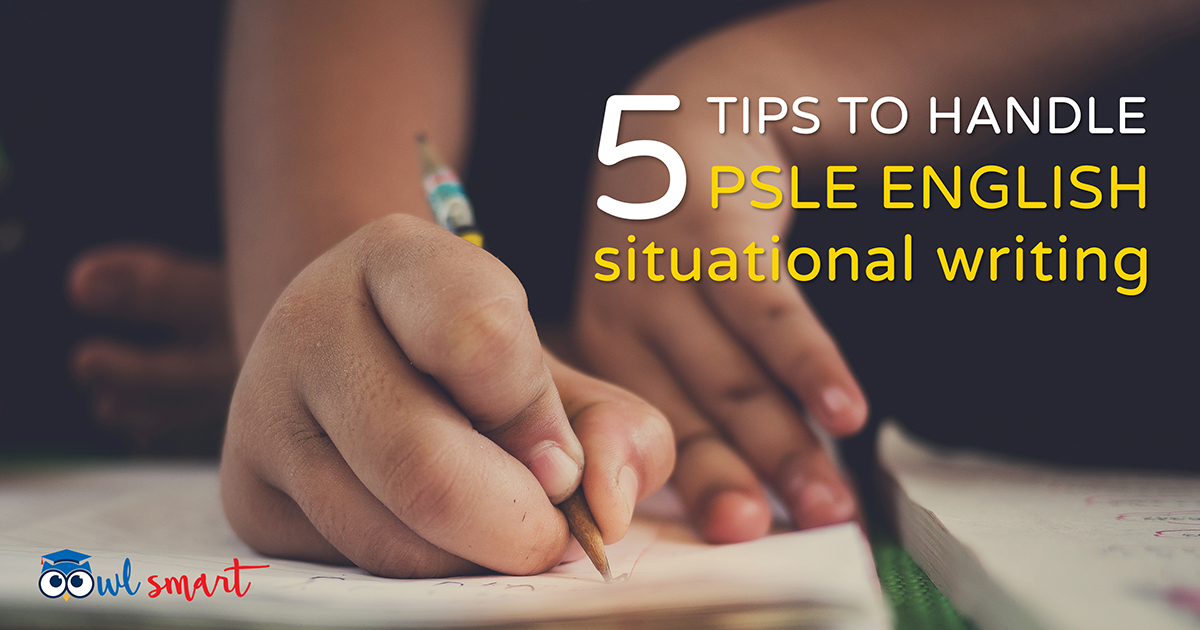
1. Do start with a greeting for emails or informal letters.
E.g. Dear Willy,
How have you been? I recently saw a poster regarding a donation drive to help residents who have been retrenched at XXX.
Most students are likely to skip the greeting and rush into the main purpose of the email or letter.
2. Ensure there is always a purpose statement.
E.g. Dear Sir,
I saw the poster on the annual beach cleaning activity organised by the Environmental Club. I am interested to participate in the event. However, I have some queries, which I hope you will be able to help me with.
3. 'Communicate' effectively with the marker (your real audience) by numbering your written answers to the questions. This helps you in checking for accuracy and, at the same time, send a message to the marker that you are very organized in your approach.
Remember there are always 6 content points to satisfy. However, the student will likely find only 5 questions. A question may ask the student to list two things that contribute to 2 content points.
4. Do not make up details.
This is not Continuous Writing where you need to develop conflict and resolution. Stick to the points given.
5. Sign off correctly to accurately show relationship between the writer and the audience.
We use Yours faithfully if we do not know the name of our audience.
We use Yours sincerely if we know the name of our audience.
For informal texts, we usually use Regards or Cheers.
About the Author
Teacher Chin has more than a decade of experience in teaching English from Primary Two to Primary Six in local primary schools. He is presently, in his free time, having immense enjoyment experimenting with the Nimzo-Indian Defence in chess and trying out the Apacs Lethal 9 in badminton doubles.



